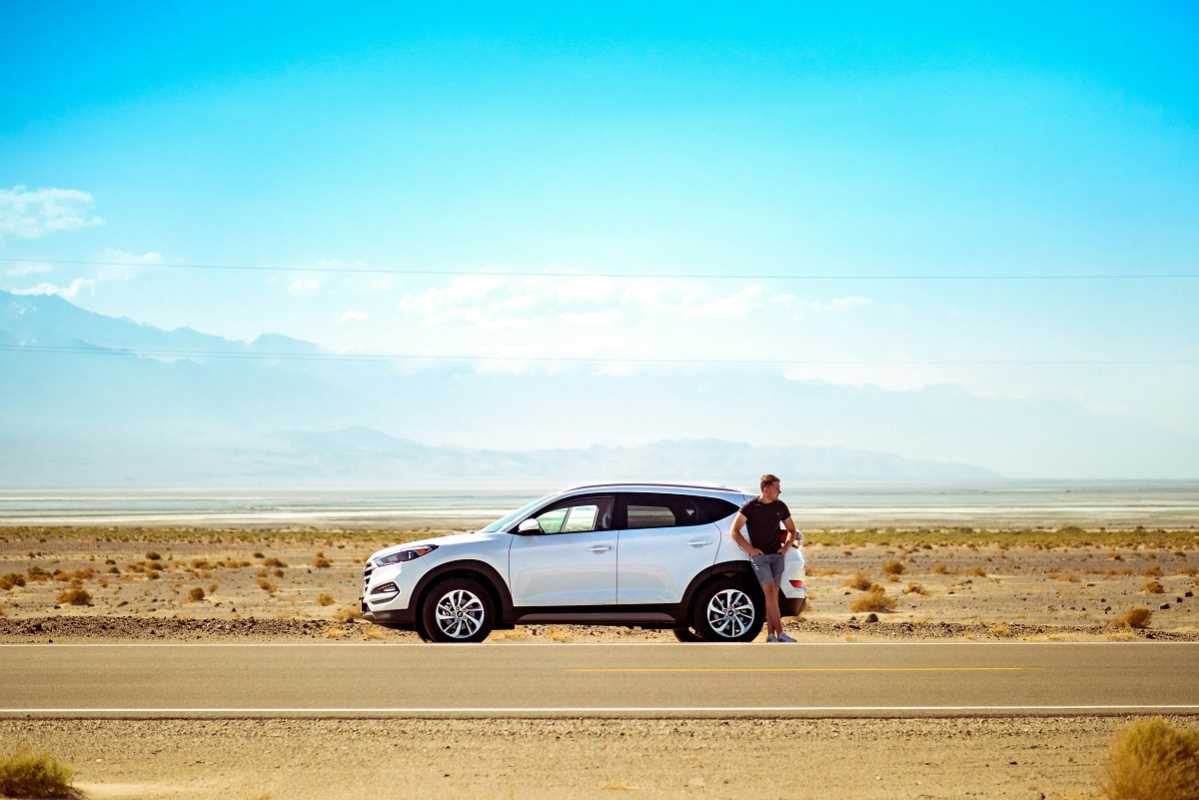Owning a used car can be a smart, cost-effective decision, especially if it’s reliable and suits your needs. However, as vehicles age, they can start demanding more in repairs, fuel, and insurance, sometimes making the costs outweigh the benefits. It’s essential to recognize when your car becomes more of a financial burden than an asset, so you can decide whether to keep it, sell it, or trade it in. Here, we’ll look into the key indicators that signal it may be time to let go of your used car and what to consider when assessing its overall value.
Frequent Repairs: A Costly Cycle
One of the biggest red flags that your used car is becoming too expensive is the frequency and cost of repairs. As your vehicle ages, it’s normal for occasional repairs to pop up, but when these issues become routine, it’s worth taking a closer look at whether the car is still a good investment.
- Recurring Issues: If the same problems keep cropping up, you may be throwing good money after bad. For example, issues with the transmission, electrical systems, or the engine can be warning signs of deeper wear-and-tear issues. These types of problems are rarely cheap to fix and often signal that the car’s overall condition is deteriorating.
- High Repair Costs: When repairs start adding up to a significant portion of the car’s market value, you should evaluate whether those costs are justified. If you’re spending more on repairs each year than the car is worth or close to it, it might be time to consider cutting your losses.
- Difficulty Finding Parts: For older or discontinued models, finding replacement parts can be challenging and expensive. Some parts may no longer be in production, requiring you to source them from specialty shops or scrapyards, which can add another layer of expense and hassle. If parts are increasingly rare or prices are skyrocketing, it’s a sign that future repairs may only get costlier.
Declining Fuel Efficiency: A Hidden Expense
An often-overlooked cost associated with aging vehicles is reduced fuel efficiency. Over time, older cars tend to consume more fuel due to wear on the engine, transmission, and exhaust systems.
- Increased Fuel Costs: If you find yourself making more frequent trips to the gas station, it could indicate a decline in your car’s fuel economy. Higher fuel expenses add up over time, putting a strain on your budget, especially if gas prices are high. Regularly tracking your fuel efficiency can help you spot any drops early.
- Environmental Considerations and Fines: Older cars typically produce more emissions. Depending on where you live, emissions regulations might mean extra fees, inspections, or even fines for non-compliant vehicles. Some cities have introduced “low-emission zones” where older, high-emission cars are restricted or penalized. These added costs should be factored into your decision.
Rising Insurance Costs: Another Costly Factor
Insurance costs don’t always decrease as a car ages. In fact, premiums can increase for older cars for several reasons.
- Model Age and Risk: As a car ages, it might be considered higher-risk because of its susceptibility to breakdowns. Insurance companies may adjust premiums to reflect this higher risk, especially if it’s a model known for certain recurring problems. You could end up paying more for coverage than you would for a newer, more reliable vehicle.
- Claim History: If you’ve had to make multiple claims on your vehicle, this can affect your insurance rates. Claims for minor accidents, weather damage, or theft all add up, and over time, these incidents can cause your insurance costs to climb. It’s worth comparing insurance premiums for your current car with those for a potential newer model to see if you could be saving money.
Depreciation: Understanding the Car’s True Value
Depreciation is inevitable, but it’s important to monitor how much value your car is losing relative to what you’re spending on it.
- Market Value Check: Checking your car’s market value periodically can help you assess its worth. There are various online tools like Kelley Blue Book and Edmunds that can give you an estimate based on your car’s age, condition, and mileage. If your car’s value is dropping faster than you anticipated, this might be a sign to consider selling it sooner rather than later.
- Trade-In Offers: If trade-in offers you receive are significantly lower than your remaining loan balance or the amount you’ve spent on repairs, it might indicate that you’re pouring too much money into a depreciating asset. Selling it while you can still get a reasonable return may be a smarter financial decision.
Assessing Value Versus Costs: The Big Picture
When deciding whether to keep or sell a used car, it’s essential to consider all ongoing costs and weigh them against the car’s market value.
- Total Ownership Cost: Calculate the total cost of owning your car, including repair costs, insurance premiums, fuel expenses, and any anticipated future repairs. Compare this with what you could expect to pay for a newer used car that may offer better reliability, fuel efficiency, and lower maintenance costs.
- Online Valuation Tools: Use online tools like Kelley Blue Book or NADA Guides to get an objective estimate of your car’s current value. If what you’re spending on maintenance and repairs is outpacing your car’s value, it might be time to let it go.
When to Sell or Trade-In
Selling or trading in a car can be a tough decision, but sometimes it’s the most financially sound choice. Here’s how to approach this process:
- Cost-Benefit Analysis: Weigh the costs of keeping your car against the potential benefits of a replacement. If the expenses of maintaining the car exceed the benefits you’re getting from it, it’s probably time to say goodbye.
- Timing Matters: The time of year can impact resale value. Spring and summer tend to be more active times for car sales, so if you’re considering selling, doing so during these seasons could yield a better offer.
- Explore Trade-In Options: Trading in your car for a newer model can be a good move, especially if it offers improved fuel efficiency and lower maintenance costs. Many dealerships offer trade-in incentives that can be applied to the down payment on a newer vehicle, reducing your upfront costs.
Tips for Making a Financially Sound Decision
Navigating the decision to keep or sell your car can feel overwhelming. Here are some practical tips to guide you toward a choice that supports your financial goals:
- Budget for a New Purchase: If you decide to sell or trade in, create a budget for your next vehicle. Factor in all costs, including taxes, registration fees, and insurance. This will ensure that you make a sound choice without stretching your finances.
- Consider Alternative Transportation: Depending on your lifestyle and location, public transportation, car-sharing, or biking might be viable options. If you don’t need a car daily, these alternatives can save you a significant amount on fuel, insurance, and maintenance costs.
- Consult a Financial Adviser: A financial adviser can provide an unbiased perspective and help you make a decision that aligns with your long-term financial goals. They can help you assess the total costs of keeping versus replacing your car.
Moving Forward
Your car should serve as a tool for convenience and independence, not a financial drain. By keeping an eye on signs of financial strain—such as frequent repairs, declining fuel efficiency, and rising insurance costs—you’ll be equipped to make a well-informed decision about your vehicle. Weigh the pros and cons carefully, and remember, there’s no shame in moving on to a more reliable car if it supports your financial well-being.
Whether you choose to keep, sell, or trade in your used car, making a timely decision can help prevent further financial strain and set you on a path toward improved financial health.
 (Image via
(Image via





